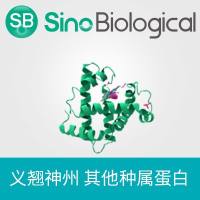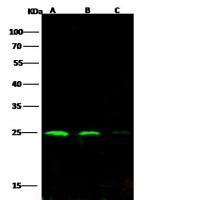Identifying and Characterizing HIV Protease Inhibitors
互联网
760
HIV protease catalyzes the hydrolysis of specific peptide bonds of viral polyproteins, thus processing these polyproteins into their active components. These protein processing reactions are requisite for viral replication. Therefore, the HIV protease is an ideal target for the chemotherapeutic treatment of HIV disease (1 –3 ). HIV protease is an aspartyl protease,and the aspartyl protease inhibitor, pepstatin, was one of the first identified inhibitors of HIV protease. More potent inhibitors have been designed and synthesized since, in fact, four protease inhibitors—saquinavir (Ro-31,8959), ritonavir (ABT-538), indinavir (L-735,524), and Nelfinavir (AG1343)—are effective in clinical trials to treat HIV disease (4 –6 ) and recently were approved by the Food and Drug Administration for the chemotherapeutic treatment of HIV infections. Other protease inhibitors in clinical trials are VX-478 (141W94) and ABT-378. Notwithstanding these early successes, it is difficult to comply with these drug’s dosing regiments. Furthermore, viral resistance to individual inhibitors and cross-resistance to multiple inhibitors occur in vivo (7 ,8 ). Therefore, a medical need still exists for new HIV protease inhibitors with different resistance profiles.








